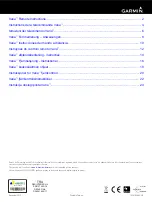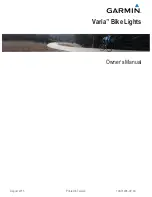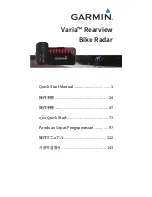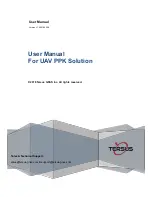
BE SURE POWER IS DISCONNECTED PRIOR TO INSALLATION!
FOLLOW NATIONAL, STATE, AND LOCAL CODES!
READ THESE INSTRUCTIONS ENTIRELY BEFORE INSTALLATION!
The Model LSRU Load Sensor uses current levels to determine feed rates,
tool wear, loss of prime on pumps, mixer viscosity, and all types of over and
under load conditions. The LSRU may also be used to stage pump motors,
chillers, and other machinery.
1. Mount the Model LSRU near one of the conductors of the load being
monitored. If the unit will be used in a dusty or wet environment, an
appropriate NEMA rated enclosure should be used.
2. Insert one of the conductors of the load through the sensor hole in the LSRU.
a) For currents greater than 1 amp, proceed to step #3.
b) For currents less than 1 amp, the conductor must be looped. Refer
to the table below to determine the number of conductors needed
through the sensor window.
NOTE: The OC and/or UC trip points must be set based on ‘I
eff
’ for
current range 1.5 units.
ACTUAL
CURRENT
NUMBER
OF
CONDUCTORS
EFFECTIVE
CURRENT
(I
eff
)
0.5 – 1.0
3
1.5 – 3.0
0.25 – 0.5
5
1.25 –2.5
For values less than 0.25 consult the factory.
3. Turn the user adjustments to the desired settings.
4. Wire the appropriate control voltage to L1 and L2.
5. Connect the output relay to the control circuitry. The proper wiring scheme
may vary depending on the required action when a fault occurs. (A wiring
diagram is shown in Figure 1 that utilizes the NO contact.)
2880 North Plaza Drive, Rapid City, SD 57702
(800) 843-8848
·
(605) 348-5580
INSTALLATION INSTRUCTIONS
FOR SYMCOM’S MODEL
LSRU
II
_LSRU_A1






















